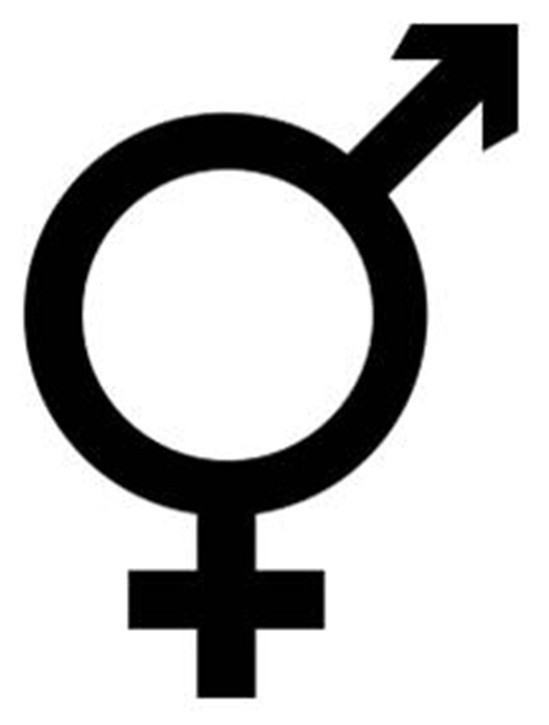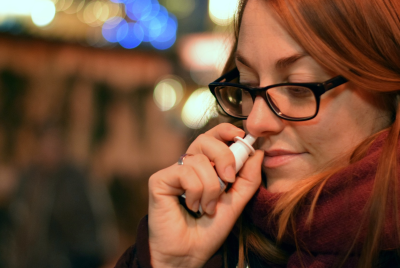Young transgender people have same hormone level as everyone else

Young transgender people have hormone levels consistent with their birth gender, meaning that it is not a result of hormone balance, as was previously thought.
Johanna Olson and colleagues at the Children's Hospital Los Angeles garnered information from 101 patients aged 12 to 24 to help them identify a suitable medical pathway for aligning their body closer to the gender they associate with.
They found that transgender children have the same hormones as other children their age. "We've now put to rest the residual belief that the transgender experience is a result of a hormone imbalance," says Olson. "It's not."
Of the patients, 51.5% were biological males who identified as transfeminine and the remainder 48.5% were biological women who identified as transmasculine, according to the report published in the Journal of Adolescent Health.
It found that most of them realised that they were transgender from as early as eight but did not reveal this to their family until they were an average of 17.1 years old. It adds that hiding the secret for such a long time can have a detrimental impact on one's mental health.
Some 35% of participants experienced depression, over half considered suicide and 30% had attempted suicide at least once.
Olson added: "My goal is to move kids who are having a gender-atypical experience from survive to thrive. With this study we hope to identify the best way to accomplish that."
© Copyright IBTimes 2025. All rights reserved.




















